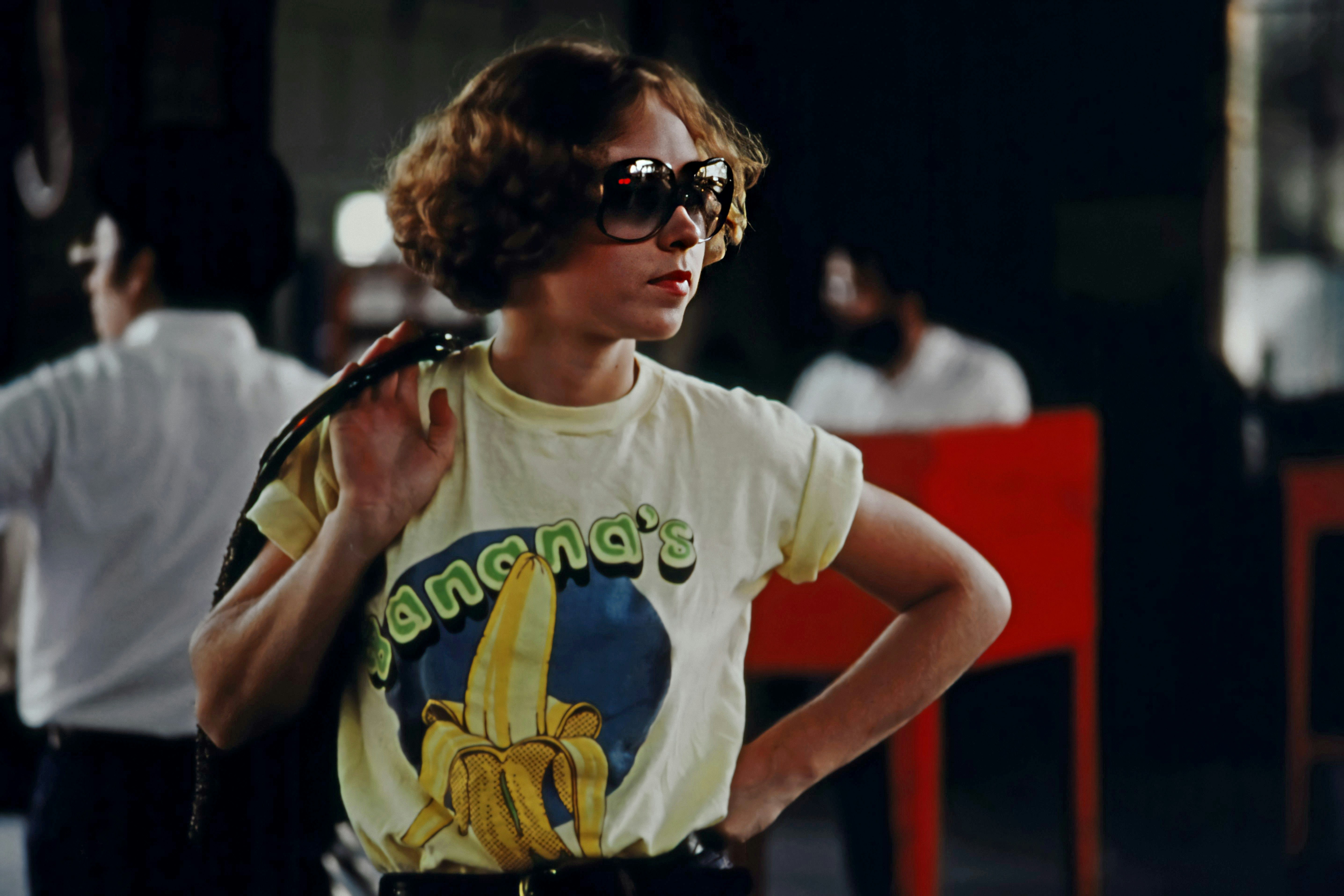"Transcending Boundaries: The Intricate Dance of Digital Art in Modern Cinema"
In a world where technology is rapidly redefining the boundaries of art and entertainment, the infusion of digital art in modern cinema is creating a new artistic landscape. This fascinating union between art and digital technology offers a fresh perspective on cinematic expression, reshaping the way we perceive and interact with films.
The Emergence of Digital Art in Modern Cinema
Digital art in cinema traces its origins to the late 20th century, with the advent of digital technology. As filmmakers began to explore the potential of digital tools, a new genre of art began to emerge— one where technology serves as the canvas and the brush. This blend of digital technology and traditional art techniques has revolutionized the visual aesthetics of modern cinema, adding a new dimension to storytelling.
The Current Scenario: A Blend of Art and Technology
In recent years, digital art has become increasingly prevalent in film production. Technological advancements have enabled artists to create mesmerizing visuals that captivate audiences, pushing the boundaries of cinematic creativity. From the stunning 3D landscapes in James Cameron’s “Avatar” to the intricate digital animation in Pixar’s films, digital art plays a pivotal role in modern cinema.
Impact and Reception: A New Artistic Landscape
The integration of digital art in cinema has significantly transformed the industry. It has allowed filmmakers to experiment with visual storytelling, creating a more immersive and engaging cinematic experience. Despite initial skepticism, audiences have embraced this new form of artistic expression, appreciating the creative possibilities it offers.
The Future: An Exciting Confluence of Art and Technology
The future of digital art in cinema looks promising. As technology continues to evolve, filmmakers and digital artists are poised to explore new creative possibilities, pushing the boundaries of cinematic expression. This fusion of art and digital technology is not only redefining the cinematic landscape but also influencing other forms of artistic expression, offering a fresh, unique perspective on the world of arts and entertainment.
In conclusion, the dance of digital art in modern cinema is an exciting testament to the transformative power of technology. As we delve deeper into this fascinating world, we witness a dynamic interplay of art and technology that transcends traditional boundaries, offering a fresh, exciting perspective on the world of arts and entertainment.





